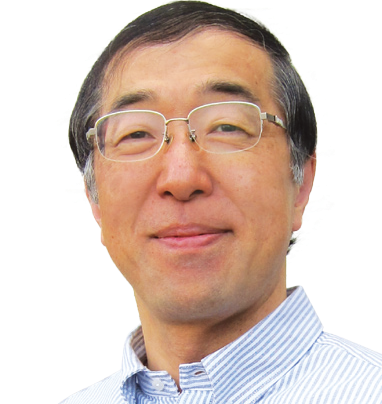Colloquium
Impact of structural ordering in supercooled liquids on vitrification and crystallization
Speaker: Hajime Tanaka (The University of Tokyo, Japan)
When a liquid is cooled, it will be either crystallized or vitrified, depending upon the cooling rate. However, it has been unclear what physical factors control the fate of the liquid. Upon cooling, structural order develops in a supercooled liquid to lower the free energy. We find that the growth of static structural order leads to slow glassy dynamics in fragile liquids. This structural ordering is a consequence of many-body correlations and thus difficult to detect by a two-body density correlator except for orderings involving translational ordering (e.g., the formation of tetrahedral structures in silica and water). If it is compatible with crystal symmetry, it acts as a precursor for crystal nucleation and plays an essential role in selecting polymorphs. We also study the glass-forming ability of systems with competing orderings and find that the enhancement of glass-forming ability is caused by an increase in the structural contrast between liquid and crystal. These results suggest that structural order developed in a supercooled liquid controls slow glassy dynamics, crystallization, and glass-forming ability.

Awards for research have included the Award of the Society of Polymer Science, Japan (1997), the Humboldt Research Award (Alexander von Humboldt Foundation, Germany) (2006), and The Liquid Crystal Society, Top Paper Award (2010). He became a Fellow of the Institute of Physics in 2007. He has served on the editorial boards of several scientific journals, including Journal of Physics: Condensed Matter, Molecular Physics, Soft Matter, Science Advances, and Journal of Chemical Physics.